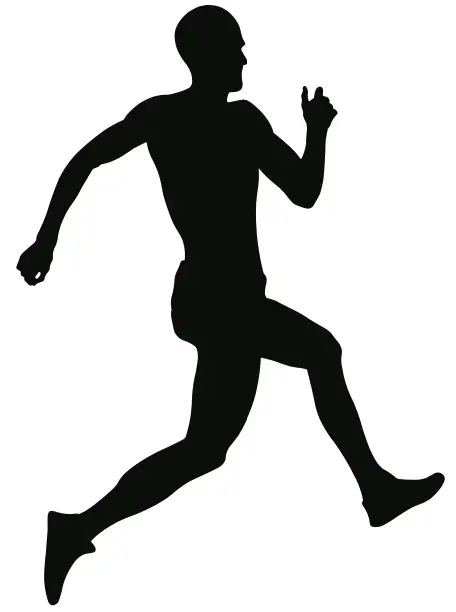dis*cus throw
What Is The Definition Of Discus Throw In Track & Field?
1. In a discus throw event, competitors attempt to hurl a heavy disc called a discus further than their opponents.
First, discus throwers take their position in the throwing circle and ensure a proper grip on the discus. Then, they wind up by turning one and a half rotations. Through the rhythm and balance of their wind up, the thrower builds up speed. Finally, the athlete will release the discus and attempt to land in an optimized power position.
What Is The History Of Discus?
The discus throw is one of the oldest events at the Olympics and can be dated back to 708 BC. Homer even mentions the discus in his epic poems, the Illiad and the Odyssey.
Discus was first introduced as part of the ancient pentathlon. However, it is not included in the modern pentathlon.
What Are The Basic Rules Of Discus Throw?
There is a specific way competitors must hold the discus. They cannot touch the top rim of the discus but can touch the inner rim.
An athlete can receive a foul for touching the ground outside the throwing circle before the discus touches the ground. The throwing circle must have a diameter of 2.5 m that is partially enclosed by a U-shaped cage for safety.
How Is A Winner Decided In Discus Throw?
The distance athletes throw the discus determines the winner of a discus throw event.
Measurement starts from the inside arc of the throwing circle. A tape measure is used to measure to the first point the discus touches the ground.
In the Olympics, athletes have eight attempts to mark their best throw. In the case of a tie, the top throwers’ second-best distances are used to determine the winner.
What Is The Longest Discus Throw Ever?
The world record for discus throw is 74.08 m or 243 ft ½ in. Jürgen Schult has held this record since 1986.
Example Of How Discus Throw Is Used In Commentary
1. In the 2012 London Olympics, Robert Harting earned a gold medal in the discus throw event.
